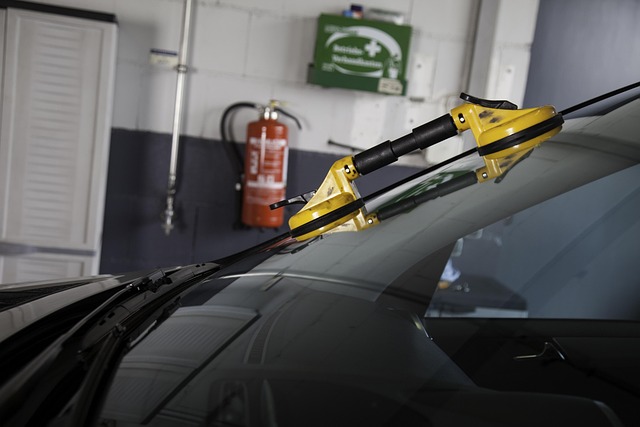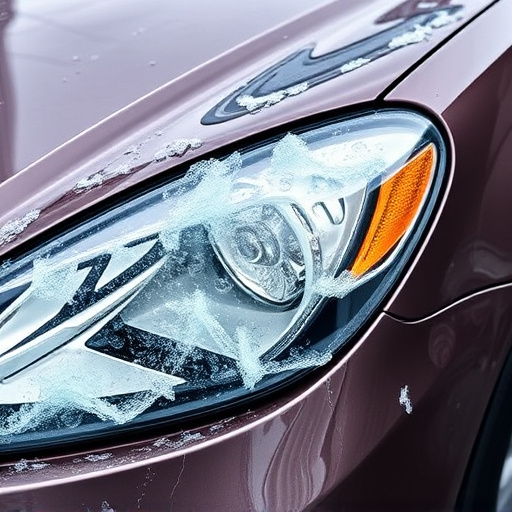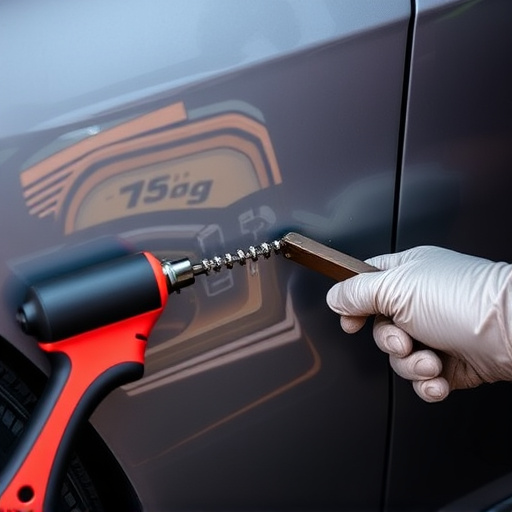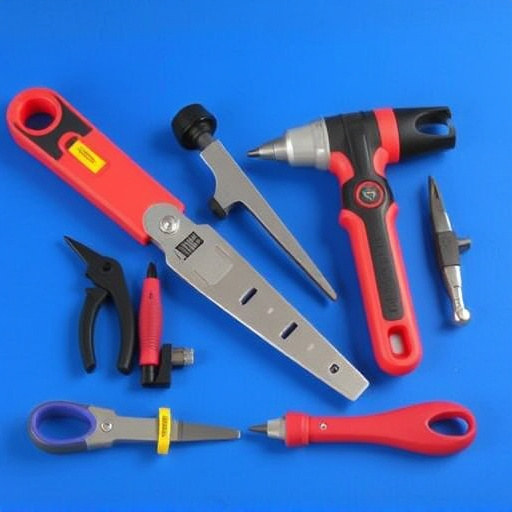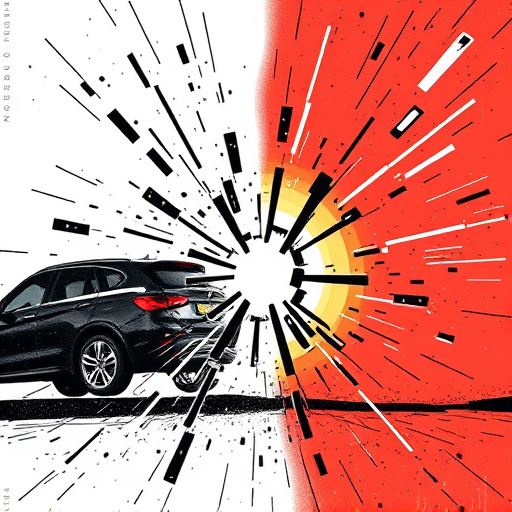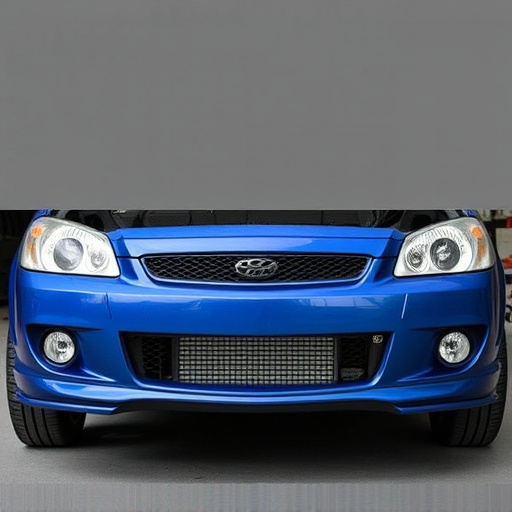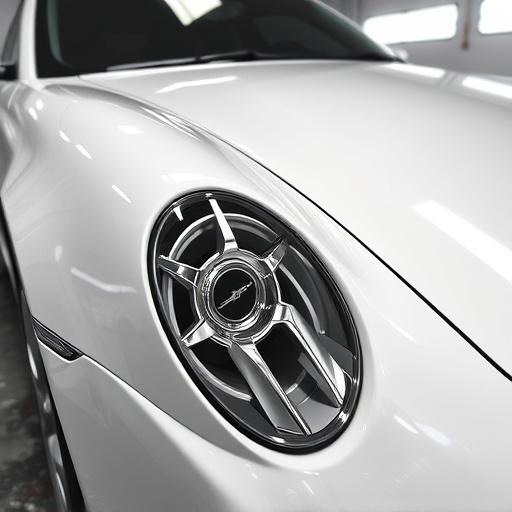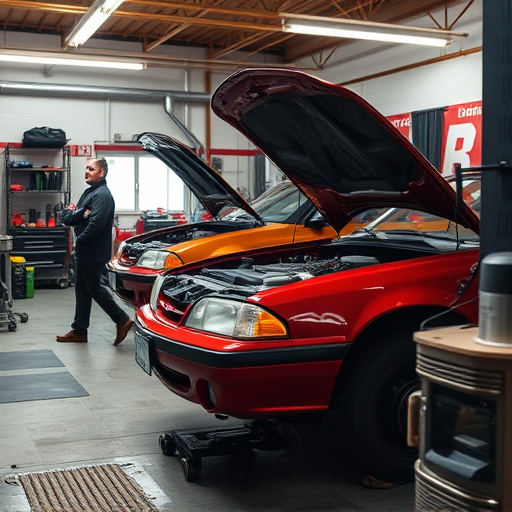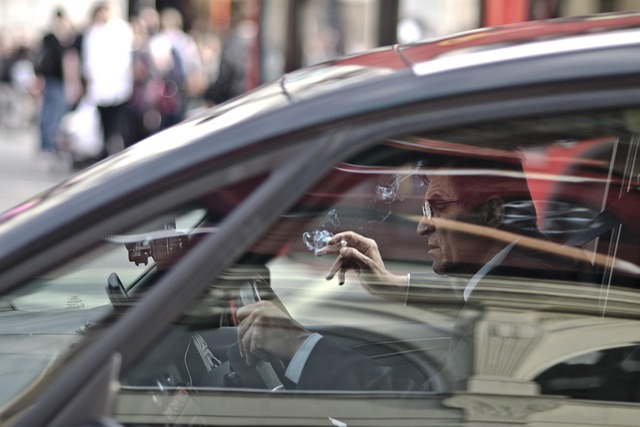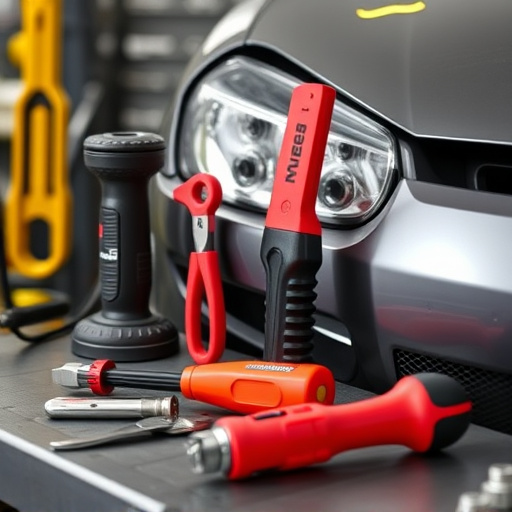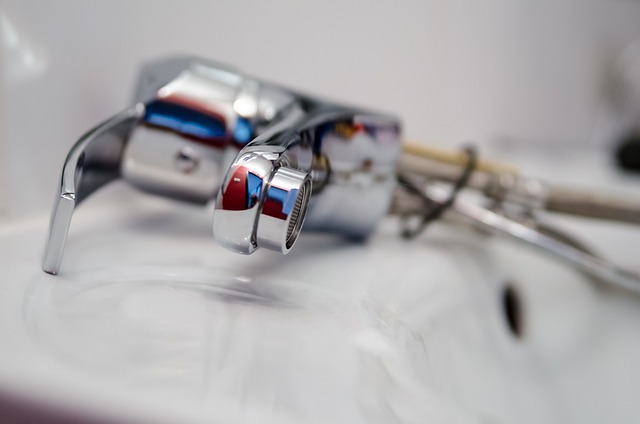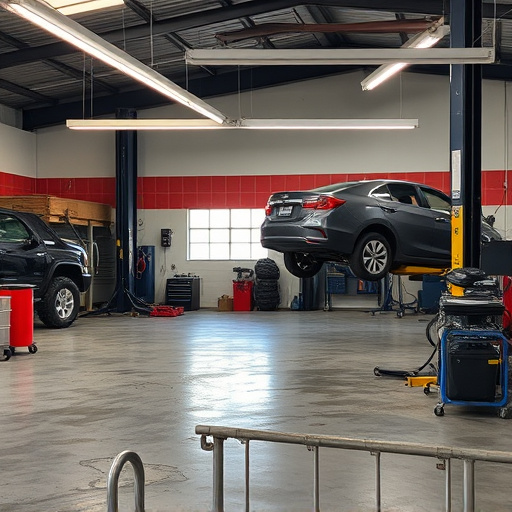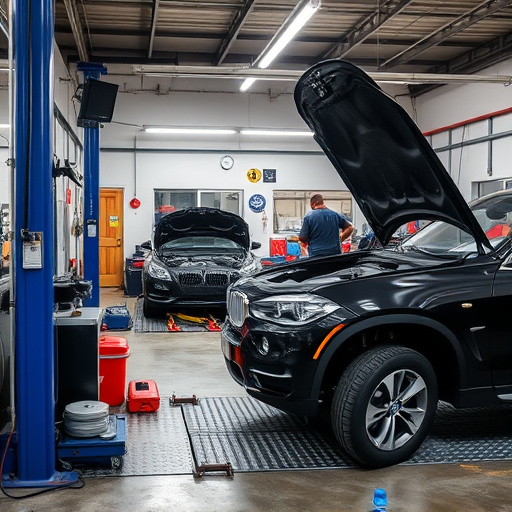Tesla touchscreens are susceptible to environmental damage like water intrusion, extreme temps, and UV rays, leading to reduced sensitivity, cracks, or misalignments. Replacement requires understanding these factors, using genuine Tesla parts or trusted after-market alternatives, skilled installation, and adhering to recycling standards. Regular care, including cleaning, sun protection, and prompt damage inspection, is crucial to prevent costly replacements.
Tesla owners love their intuitive, all-in-one touchscreen displays—but environmental damage can render them useless. This guide tackles the common issues behind Tesla touchscreen failure due to water, dust, or extreme temperatures. We’ll walk you through the process of sourcing and installing replacements, offering essential tips for prevention and maintenance to safeguard your investment. Learn how to restore your Tesla’s critical interface and extend its lifespan.
- Understanding Tesla Touchscreen Failure from Environmental Factors
- The Process of Sourcing and Installing Replacement Parts
- Tips for Preventing Future Damage and Maintaining Your Screen
Understanding Tesla Touchscreen Failure from Environmental Factors
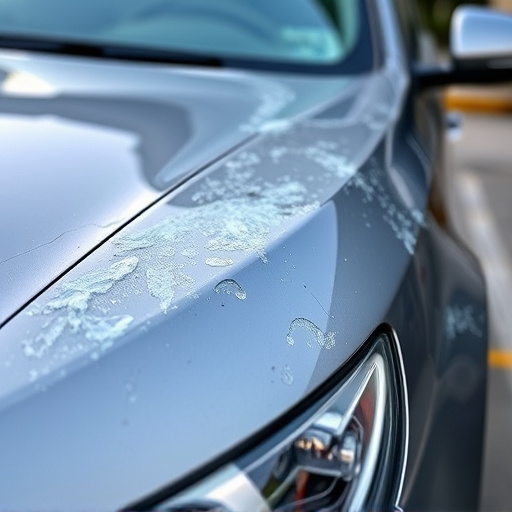
Tesla touchscreens are sophisticated pieces of technology designed to be both intuitive and durable. However, environmental factors can take a toll on these interfaces, leading to potential failures or reduced performance. Water intrusion, for instance, is a common issue that can result from accidents, leaks, or even extreme weather conditions. Moisture can damage the delicate internal components, causing touch sensitivity issues or even rendering the screen completely non-responsive.
Additionally, extreme temperature variations can contribute to touchscreen malfunctions. Heat or cold can cause the glass to expand or contract, potentially leading to cracks or misalignments that affect the screen’s functionality. Moreover, exposure to UV rays from sunlight can degrade the screen over time, making it less responsive and affecting its visual clarity. Understanding these environmental influences is crucial when considering a Tesla touchscreen replacement, as proper repair or installation techniques must account for these potential sources of damage in automotive collision repair and vehicle bodywork restoration processes.
The Process of Sourcing and Installing Replacement Parts
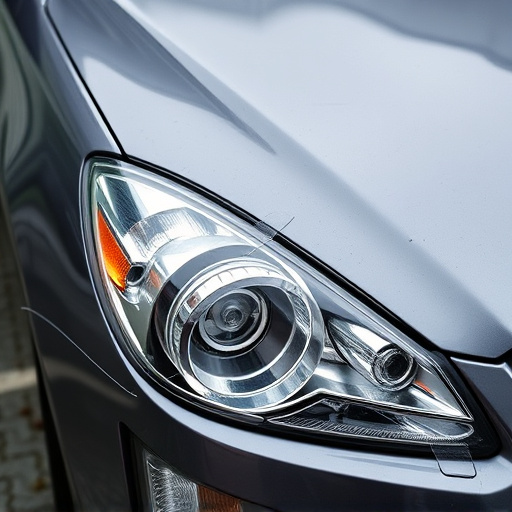
When it comes to replacing a Tesla touchscreen damaged by environmental factors, such as water intrusion or extreme weather, understanding the process is key. The first step involves sourcing compatible replacement parts. Many Tesla owners opt for genuine Tesla parts due to their precision engineering and seamless integration with the vehicle’s system. However, after-market options are also available from reputable auto parts suppliers, offering both quality and cost-effectiveness.
The installation process requires a skilled technician who can navigate the intricate layout of the car body repair. They’ll carefully remove the damaged touchscreen, ensuring proper disposal or recycling according to environmental standards. Once prepped, the new touchscreen is fitted, securing it in place with precise alignment and connection to the vehicle’s electrical system. This involves meticulous auto body repair work, ensuring a flawless finish that matches the car’s original specifications.
Tips for Preventing Future Damage and Maintaining Your Screen
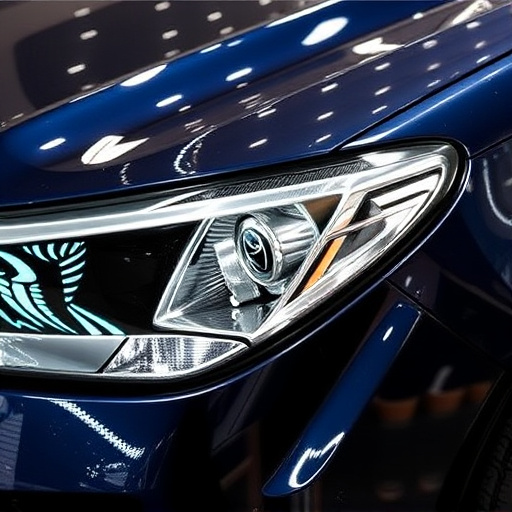
To prevent future damage to your Tesla’s touchscreen and prolong its lifespan, regular care is essential. Start by keeping your vehicle clean and free from debris; wash it frequently using a microfiber cloth and non-abrasive cleaning solutions. Protecting the screen from direct sunlight and extreme temperatures is crucial; consider investing in window tinting and a dashboard cover.
Additionally, be mindful of potential collisions or dents. Regularly inspect your vehicle for any damage, addressing issues promptly through professional car damage repair services. Timely collision damage repair not only ensures optimal touchscreen functionality but also maintains the overall aesthetics of your Tesla. Remember, preventing damage is more cost-effective and less disruptive than a complete Tesla touchscreen replacement.
In conclusion, handling Tesla touchscreen replacements due to environmental damage requires a thoughtful approach. By understanding the causes of failure, sourcing compatible parts efficiently, and implementing preventive measures, you can ensure your Tesla’s screen remains functional and protected. Remember that prompt action and proper maintenance are key to mitigating future issues, ensuring a seamless user experience, and preserving the value of your vehicle. For anyone facing this challenge, navigating these steps can be a game-changer in keeping your Tesla’s touchscreen in top condition.

